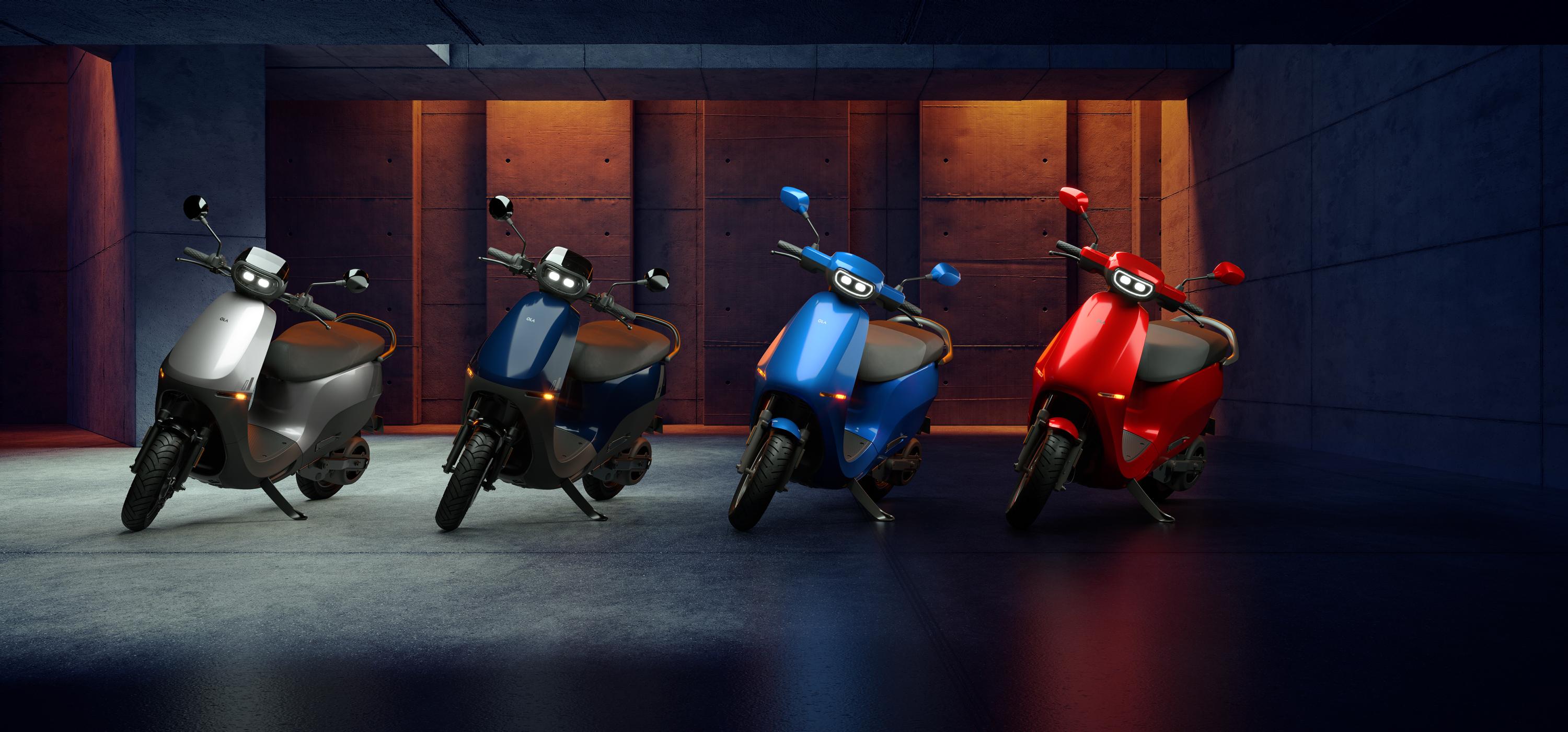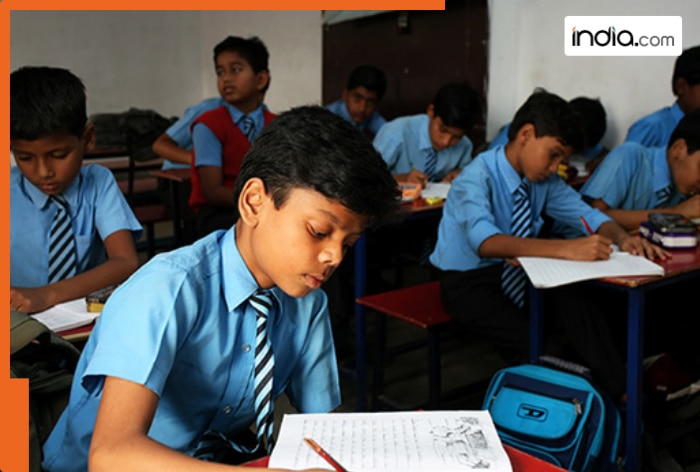After successful missions to the Moon and Mars, India is now set to explore Venus, with the Cabinet also approving the development of the Venus Orbiter Mission (VOM) that will explore the Earth’s sister planet, which is believed to be once habitable. The Union Cabinet, just after the completion of 100 days of Modi Govt 3.0, also cleared the development of a reusable next-generation launch vehicle (NGLV) ‘Soorya rocket’ that will have 3 times the present payload lifting capability from 10 tonnes to 30 tonnes to the low earth orbit (LEO), I&B minister Ashwini Vaishnaw said. TOI was first to report about the development of the Soorya rocket and Chandrayaan-4 mission.
Chandrayaan-4 mission:
The fourth Moon mission aims to collect lunar samples, bring them back safely and analyse them on Earth. “It will achieve the foundational technologies capabilities eventually for an Indian landing on the Moon, which is planned by year 2040, and return safely back to Earth,” according to a Cabinet statement.
“Major technologies that are required for docking/undocking, landing, safe return to Earth and also accomplish lunar sample collection and analysis would be demonstrated,” it added.
Chandrayaan-3 successfully demonstrated the soft-landing of Vikram lander on the tricky south pole surface. It established vital technologies and demonstrated capabilities that only a few other nations possess. The four moon mission is “planned for Rs 2,104.06 crore”, and the development of the spacecraft and its launch will be handled by Isro.
The Cabinet said the “cost includes spacecraft development and realisation, two launch vehicle missions of LVM3, external deep space network support and conducting special tests for design validation, finally leading to the mission of landing on the Moon’s surface and safe return to Earth along with the collected lunar sample”. The Chandrayaan-4 mission is expected to be “completed within 36 months of approval”, the Cabinet said.
Gaganyaan follow-on missions and Bharatiya Antariksh Station first unit:
In another big space-related decision, the Cabinet expanded the vision for the Indian space programme as the Modi govt has envisaged an Indian space station by 2035 and an Indian to land on the lunar surface by 2040. Towards this goal, the Cabinet on Wednesday approved the development of the first module of BAS-1.
The Cabinet also revised the Gaganyaan programme to include the scope of development and precursor missions for BAS, and factored an additional uncrewed mission. “With a net additional funding of Rs 11,170 crore in the already approved programme, the total funding for Gaganyaan programme with the revised scope has been enhanced to Rs 20,193 crore,” the Cabinet statement said. “The target is to develop and demonstrate critical technologies for long duration human space missions,” it said.
Under the programme eight missions are envisaged — four under the ongoing Gaganyaan programme by 2026, and development of BAS-1, and another four missions for demonstration and validation of various technologies by December 2028.
Venus Orbiter Mission:
The Venus Orbiter Mission (VOM), expected to launch in March 2028, will help unravel the “Venusian atmosphere, geology and generate large amounts of science data probing into its thick atmosphere”, the statement said. The Cabinet has “approved a fund of Rs 1,236 crore for the VOM, of which Rs 824 crore will be spent on the spacecraft”.
“The cost includes development and realisation of the spacecraft, including its specific payloads and technology elements, global ground station support cost for navigation and network as well as the cost of the launch vehicle,” the Cabinet said.
Venus is the closest planet to Earth and is believed to have formed in conditions similar to Earth. The probe offers a unique opportunity to understand how planetary environments can evolve very differently, and to find the causes for the transformation of Venus — believed to be once habitable and quite similar to Earth. The mission will also enable India for future planetary missions with larger payloads, and optimal orbit insertion approaches.
Next-Generation Launch Vehicle:
To increase the capability to lift heavier satellites to space, the Cabinet also cleared the development of a reusable NGLV with a total fund of Rs 8,240 crore. Isro will develop a launch vehicle that will support a high payload and will be cost-effective, reusable, and commercially viable. The funds will include the development costs, three developmental flights, essential facility establishment, programme management and launch campaign.
According to the cabinet, NGLV will have three times the present payload capability with 1.5 times the cost compared to LVM3, and will also have reusability resulting in low-cost access to space and modular green propulsion systems. NGLV development project will be implemented with maximal participation from Indian industry, which is also expected to invest in the manufacturing capacity at the outset itself, thereby allowing a seamless transition to the operational phase subsequent to the development.
The reusable rocket will be demonstrated with three development flights (D1, D2 and D3) with a target of 96 months (8 years) for the completion of the development phase, the government said.
Currently, India has achieved self-reliance in space transportation systems to launch satellites up to 10 tonnes to low earth orbit (LEO) and 4 tonnes to geo-synchronous transfer orbit (GTO) through the currently operational PSLV, GSLV, LVM3 & SSLV launch vehicles.
NGLV will enable national and commercial missions, including the launch of human spaceflight missions to Bharatiya Antariksh Station, lunar/inter-planetary exploration missions along with communication and earth observation satellite constellations to LEO that will benefit the entire space ecosystem in the country. The goals of the Indian space programme require a new generation of human-rated launch vehicles with high payload capability and reusability.
Wednesday’s four big cabinet decisions on space projects will help the Indian space programme take giant strides in the space world.







